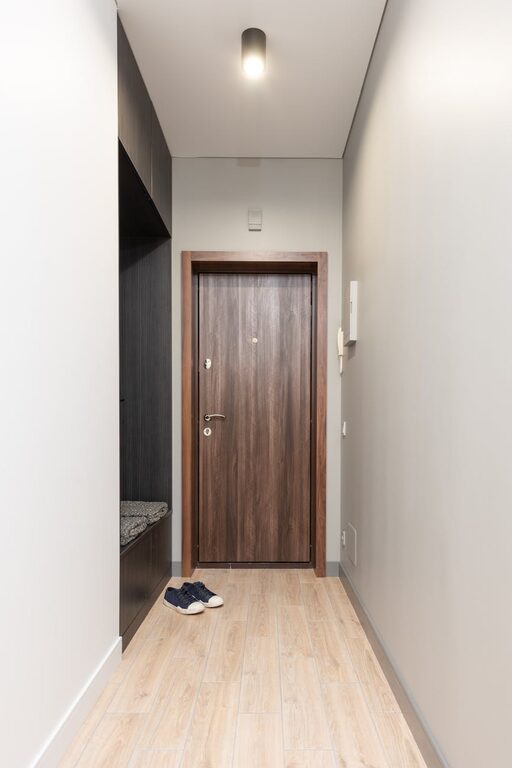
In today’s digital world, notifications are a constant presence, keeping us updated with messages, news, social media alerts, and app reminders. While useful, they can quickly become overwhelming and disruptive, pulling our attention away from important tasks and personal time. Setting boundaries with notifications is essential to maintain focus, reduce stress, and reclaim control over your day.
In this post, we’ll explore practical tips and strategies to help you manage notifications effectively without missing out on what matters most.
Why Setting Boundaries with Notifications Matters
Before diving into tips, it’s useful to understand why managing notifications is important:
– Reduce Distractions: Constant pings interrupt your concentration and workflow.
– Improve Sleep and Downtime: Late-night notifications can affect rest and relaxation.
– Enhance Focus: Helps you stay present in meetings, conversations, and tasks.
– Lower Stress: Limits information overload and the pressure to respond immediately.
Now, let’s look at how to set boundaries that work for you.
1. Assess Your Notification Preferences
Start by auditing your notifications:
– Review App Settings: Go through each app and decide which notifications are truly useful.
– Prioritize Alerts: Identify high-priority alerts (e.g., work emails) vs. low-priority ones (e.g., game notifications).
– Disable Non-Essential Notifications: Turn off alerts that don’t add value or urgent information.
2. Use Do Not Disturb Mode Strategically
Most devices offer a “Do Not Disturb” (DND) feature that silences notifications at specific times or conditions.
– Schedule DND During Focus Periods: Use it when working, studying, or doing deep work.
– Enable Night Mode: Prevent notifications from waking you up during sleep.
– Allow Exceptions: Customize settings to allow calls from family or urgent contacts.
3. Customize Notification Settings per Device
Each device—smartphone, tablet, computer—may have different notification controls.
– Set Separate Rules: You might want notifications on your computer but muted on your phone.
– Use Notification Summaries: Some platforms offer a summary of notifications at specific times rather than instant alerts.
4. Limit Social Media Notifications
Social media apps are notorious for frequent notifications.
– Adjust Alert Frequency: Switch from “instant” to “daily summary” or turn off push notifications altogether.
– Mute Group Chats or Less Important Channels: Avoid being pulled into constant conversations.
5. Batch Your Notification Checks
Instead of reacting to every alert immediately:
– Designate Specific Times: Check messages and app notifications at set intervals during the day.
– Use App Timers or Screen Time Tools: These help control how often and how long you engage with apps.
6. Create Physical and Digital Boundaries
– Put Your Phone Away During Important Activities: Meetings, family time, and meals are great moments to disconnect.
– Use Separate Devices for Work and Personal Life: This separation helps limit cross-interference and unnecessary alerts.
7. Communicate Your Preferences
Let others know about your notification boundaries.
– Inform Colleagues and Family: Explain your preferred ways and times to be reached.
– Set Expectations for Response Times: This reduces pressure to respond immediately.
8. Utilize Notification Management Apps
There are apps designed to help you manage and filter notifications more efficiently.
– Explore Options Like Notification Manager, Daywise, or Digital Wellbeing Tools: They can help schedule and prioritize alerts for you.
9. Regularly Review and Adjust
Notification needs can change depending on work projects, life stages, and priorities.
– Set Monthly or Quarterly Reviews: Adjust settings as needed to stay balanced.
– Learn from Experience: Notice which notifications cause stress or distraction and tweak accordingly.
Final Thoughts
Setting boundaries with notifications is a key step toward better digital well-being. By consciously managing when and how you receive alerts, you can minimize distractions, improve focus, and enjoy more meaningful interactions — both online and offline. Start small by tweaking a few settings today and build from there. Your mind and schedule will thank you!
—
Have you found effective ways to manage your notifications? Share your tips and experiences in the comments below!




